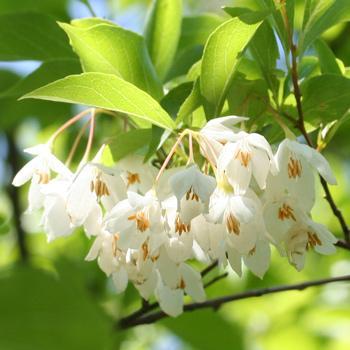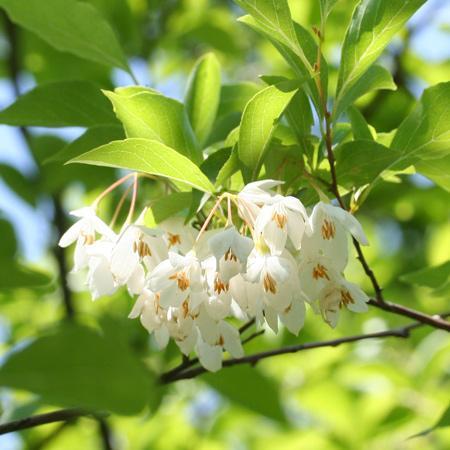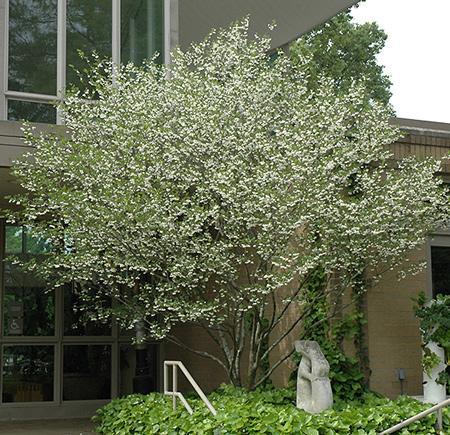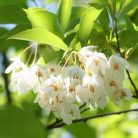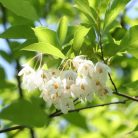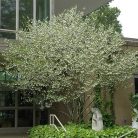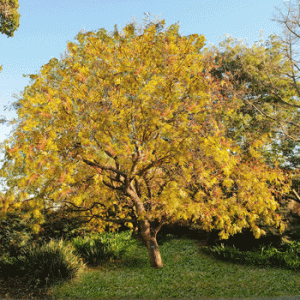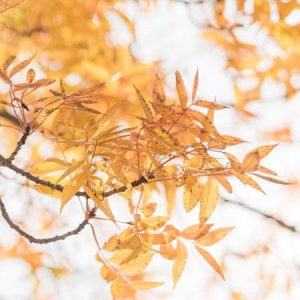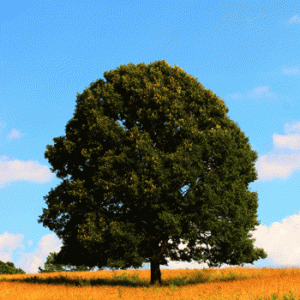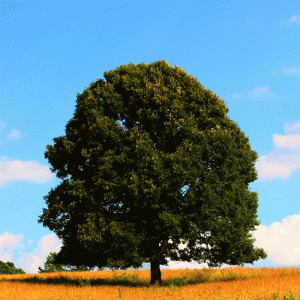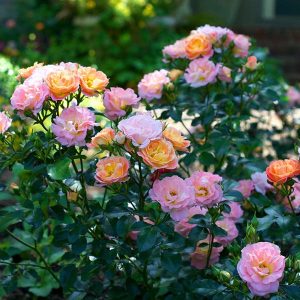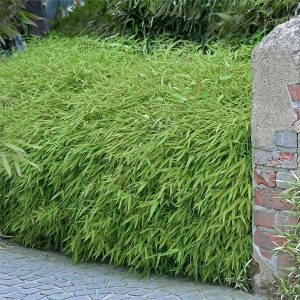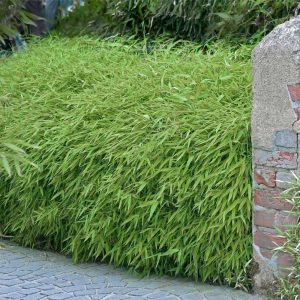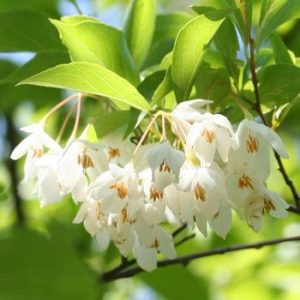Japanese Snowbell Tree Online now
- Estimated Delivery : Up to 4 business days
- Free Shipping & Returns : On all orders over $200
Simply The Perfect Ornamental For Your Garden
The bell-shaped flowers make this tree the perfect showpiece. Delicate white bell-shaped flowers droop from the horizontal branches of the Japanese Snowbell. The fragrant flowers bloom in the hundreds and provide endless visual appeal for your landscape.
The Japanese Snowbell is simple, compact and manageable. You don t have to worry about a huge tree that overpowers your yard. The Japanese Snowbell tops out at 30 and can be pruned to be smaller. Your yard will be perfectly accented, but not overpowered by this gorgeous ornamental. Even small yards can benefit from the beauty of this tree.
The fragrant blooms will breathe life into your yard. The flowers of the Japanese Snowbell are not only beautiful; they produce a light, sweet fragrance that will certainly freshen the smell of your garden. Bees love the Japanese Snowbell; expect plenty of pollinators around your tree.
The green and white colors of spring are remarkable. The lustrous, rounded green leaves complement the elegant white bells that hang below them. The flowers appear in late May and early June, adding a touch of spring to the dawn of summer.
You even get a pop of color during autumn. The leaves of the Japanese Snowbell turn into a simple yellow during autumn. All the while, the flowers drop to the ground and in their place sprouts a simple, small rounded green and brown fruit. The Japanese Snowbell will fit in perfectly with your landscape during the fall season.
The extraordinary bark adds interest during the cold winter. While the rest of your yard grays and deadens in the winter, the Japanese Snowbell adds a touch of color as fissures in the bark reveal a bright orange inner layer. Even in the coldest months, your Japanese Snowbell will still prove to be a spectacular showpiece.
Plant your tree on an elevated pathway to enjoy the stunning visuals. The nature of the flowers is to droop from the branches, so placing the tree on a hill allows you to see the incredible display of flowers on the lower branches. Where you place the tree is totally up to you. Frankly, it will look beautiful anywhere in your garden.
No need to worry about pests or wildlife. Other than pollinators, insects don t really care for the Japanese Snowbell. Wildlife feel the same way. You ll be able to enjoy the splendor of your tree without worrying about the annoyances of pests.
The Japanese Snowbell may be finicky, but it recovers well. The Japanese Snowbell doesn t enjoy harsh climates. It doesn t fare well in extraordinary heat or harsh winds and freezes. Yet, a rough season won t stop this tree; with a little love, the Japanese Snowbell recovers quickly.
Perfect ornamentals sell quickly. The Japanese Snowbell is no exception. Because of its compact size and never ending exquisiteness, the Japanese Snowbell gets snapped up quickly. Don t let this stunning tree pass you by.
Planting & Care
Sometimes referred to as the “Japanese Snowdrop,” the snowbell tree (Styrax japonicus) is a stunning floral tree that provides hundreds of white flowers that appear in late spring to early summer. Appreciated and sought after for its ability to attract pollinators, the snowbell brings about a VERY large quantity of bees essential to fruit production. The attractive, smooth bark of the tree has interlacing fissures making it an appealing winter interest to your property. The snowbell tree is hardiest in growing zones 6 to 8 and will mature to a height of 20-30 feet and a width of 15-25 feet.
Choosing a location: Try to find an area that the tree will receive partial to full sun exposure and be sheltered from strong winds. Keep it away from other trees as the canopy has horizontal branching and needs room to spread.
Planting directions: Proper drainage is essential for the tree’s health so conduct a drainage test in your planting location. Dig a 1 foot wide by 1 foot deep hole and fill it with water. If the water has fully drained after 1 hour, drainage is good. If it has retained water, the soil needs to be amended to allow better drainage.
1) Make your hole three times the width of the root ball and just as deep.
2) Gently comb the edges of the root ball with your hands. This will help the roots stretch out into the soil.
3) Snowbell trees like a soil that’s highly acidic to minimally alkaline which you can amend with peat or another organic material.
4) As you back fill the hole, tamp the soil lightly but DO NOT pack it too tight. If the soil is compacted tightly then the roots will have a more difficult time becoming established.
5) Be sure the root crown (where the root ball meets the trunk) is level with the soil surface (similar to planting a crape myrtle tree). Some trees need to be able to pull oxygen into their root system to grow to the best of their ability.
*Staking is recommended for the tree to establish a healthy root system that will allow it to stand on its own. After a few months, shake the middle of the tree. If there is no movement from the base, the tree is ready to stand without the support of stakes.*
Watering: For the first year you will need to frequently water the snowbell tree for it to establish a strong, healthy root system. Be aware that overwatering can cause serious issues. You want your soil to stay moist but not saturated. To get a feel for how often you will need to water, use your index finger in the surrounding soil. Stick your finger down to a depth of a couple inches and feel around for any moisture. If it feels moist, leave it be. If there is a dryness to the soil then give it a good soak with your hose or four full watering cans . Mulching will help retain soil moisture and keep competing weeds at bay.
Pruning: Late winter to early spring is the ideal time to prune your snowbell tree while it is still semi-dormant. Remove any dead or diseased looking branches about ¼ inch above the limb’s base (bark collar). Younger trees can have their lower branches pruned all the way back to the trunk of the tree. This will help encourage a more tree-like appearance for the snowbell. If this is not done, the tree may take on a more shrub-like appearance.
Fertilizing: The best time to feed your snowbell tree fertilizer is right after your semi-dormant pruning. A general, balanced, granular 10-10-10 fertilizer formula works best. Use 1 tablespoon of fertilizer per square foot under the tree’s canopy. Sprinkle the granules in a 12 inch band around the exterior of the canopy at least one foot from the tree trunk. This will cut back on the possibility of root burning. Next you will want to rake the granules into the top three inches of the soil and mulch and then water well.
Fruit production: Your Japanese snowbell will produce small, green, egg shaped drupes of fruit in late summer that can be a bit messy as they gradually drop from the tree. The fruit can be eaten and the seeds have been known to be harvested for their oil. The fruit can also be dried and made into beads.
| Size | 2-3 ft., 3-4 ft., 4-5 ft., 5-6 ft., 6-7 ft. |
|---|
